Noma
This four-time champion for world's best restaurant serves some of the most bizarre alimentary creations known to man.
In 2003, the ambitious Danish chef René Redzepi opened up a restaurant on the Copenhagen waterfront called Noma. He placed it inside the Greenlandic Trading Square, a dilapidated warehouse built in 1767 to trade fish, blubber, and whale oil from Denmark to the Faroe Islands and Greenland.
Still maintaining its original derelict appeal, Noma has been voted the world’s best restaurant by Restaurant Magazine in 2010, 2011, 2012, and 2014 and is still going strong, with an average meal requiring six hours of sitting time and around $500 per person.
What do you get for such a price? For starters, your senses will be delighted by scallops and celery, live shrimp, cod liver, chicken skin and rye, pickled quail eggs, soil-covered radishes, apples marinated in aquavit, Nordic fish pancakes, raw squid and kelp, lobster with oyster-seaweed sauce, plum skins topped with minced wild beach roses, and beets covered in live ants (for an acidic flavor). Next up comes the kicker: “moss and cep”, a plate of mushrooms served with fried reindeer moss.
Those are just the appetizers. The main course is even more bizarre.
Your plate will be filled with truffle flatbread, lojrom and chestnuts, a full roasted wild duck, leaf-shaped leather-textured garlic, assorted vegetables with bone marrow, berries and greens soaked in vinegar for over a year, and squid with unripe sloe berry. This masterpiece is washed down with a desert of egg liqueur, meringue made with birch trees, and roasted kelp ice cream.
Perhaps one of the most visually appealing courses of the night, however, is the oyster and seaweed covered in gooseberry and buttermilk. This delicacy is served on the rocks, literally — it’s served atop a bed of rocks.
The philosophy that makes Noma so famous and bizarre is Redzepi’s incredibly principled commitment to using 100% local, 100% Nordic ingredients — nothing stemming from anywhere outside of the region allowed.
In fact, Redzepi is so dedicated to Nordic and local roots that in 2017, he plans to reopen Noma in the middle of an urban farm, where diners will be able to see exactly where their food is grown before eating it.
Know Before You Go
For those who can’t fork $500, Noma has a “little sister” called “108” in Copenhagen which offers more reasonable prices.
Community Contributors
Added by
Edited by
The Atlas Obscura Podcast is Back!






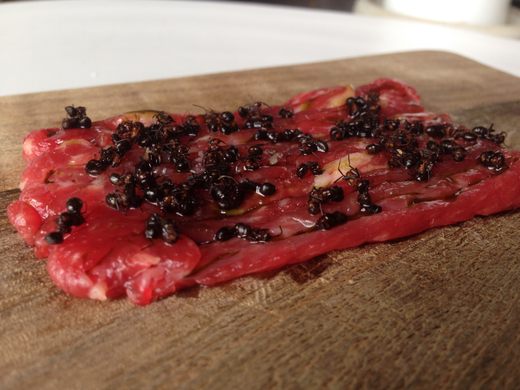

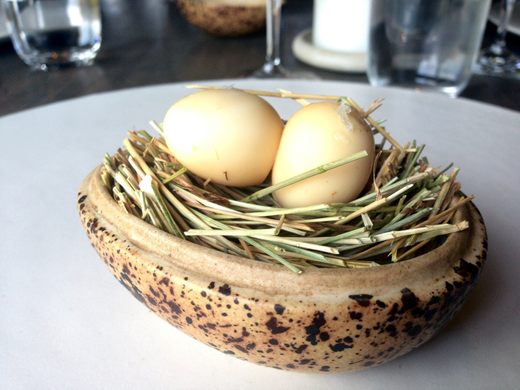

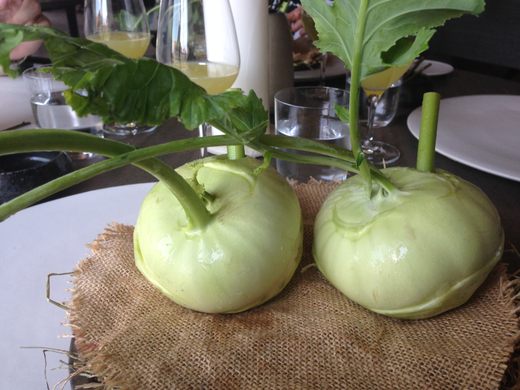
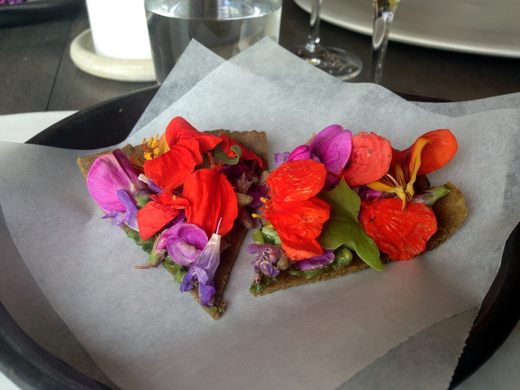






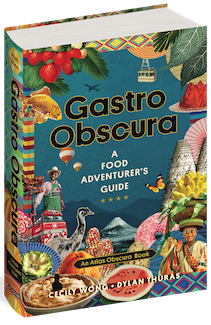




Follow us on Twitter to get the latest on the world's hidden wonders.
Like us on Facebook to get the latest on the world's hidden wonders.
Follow us on Twitter Like us on Facebook